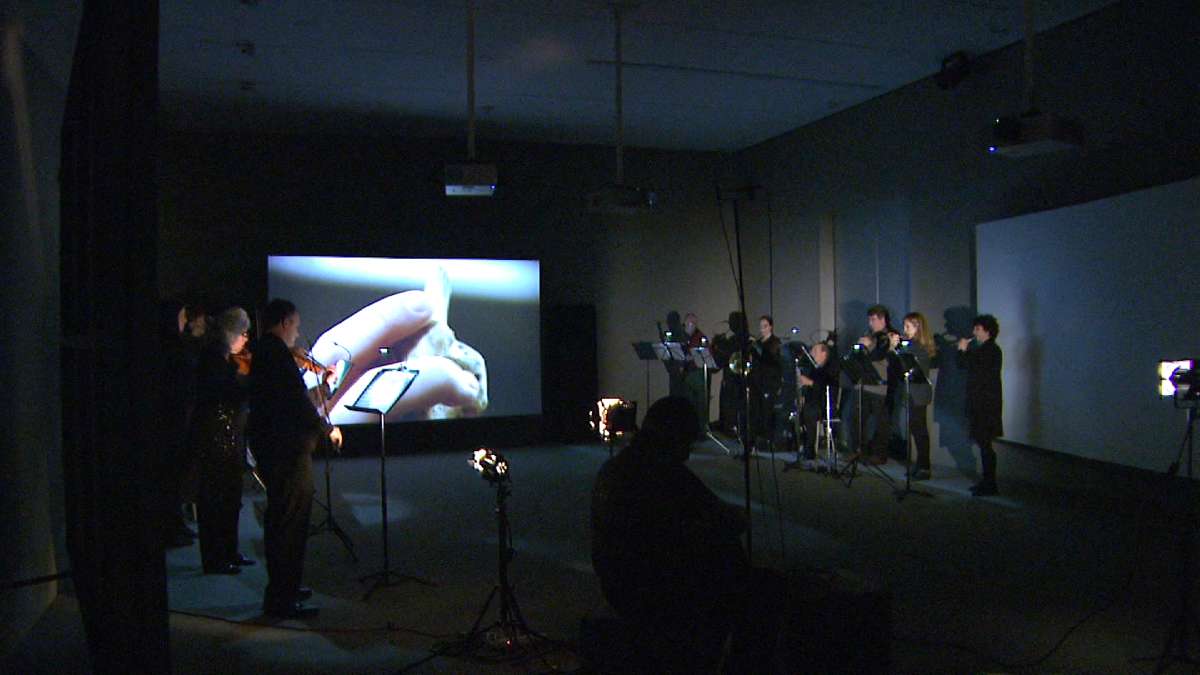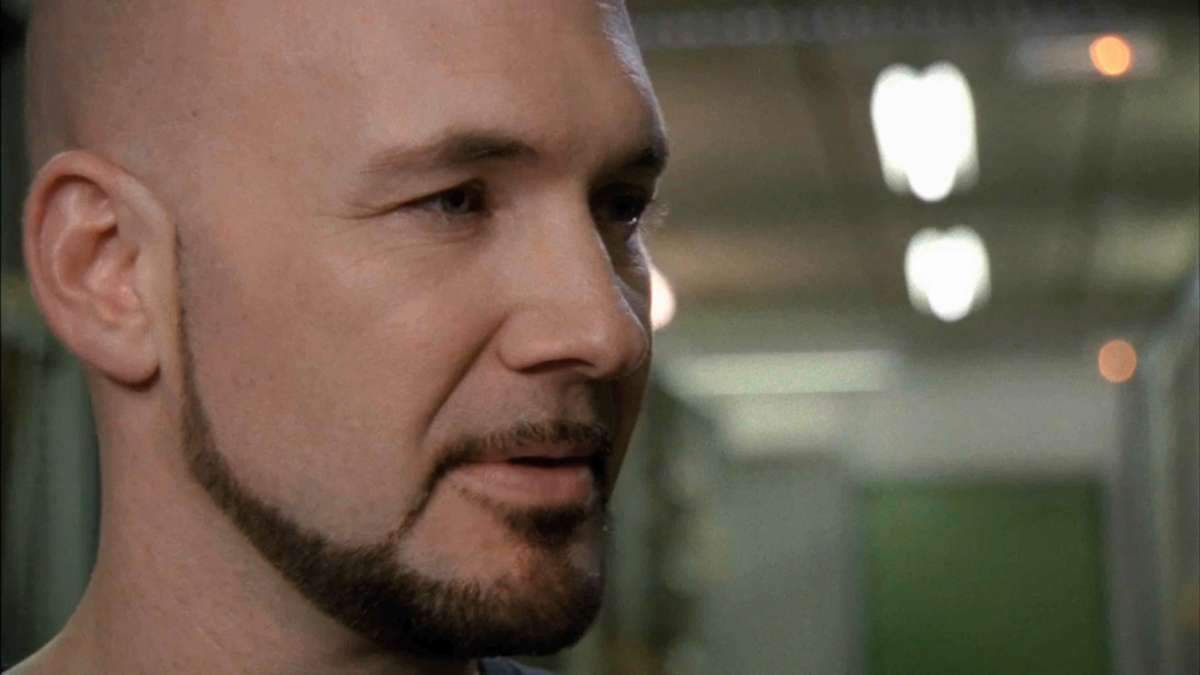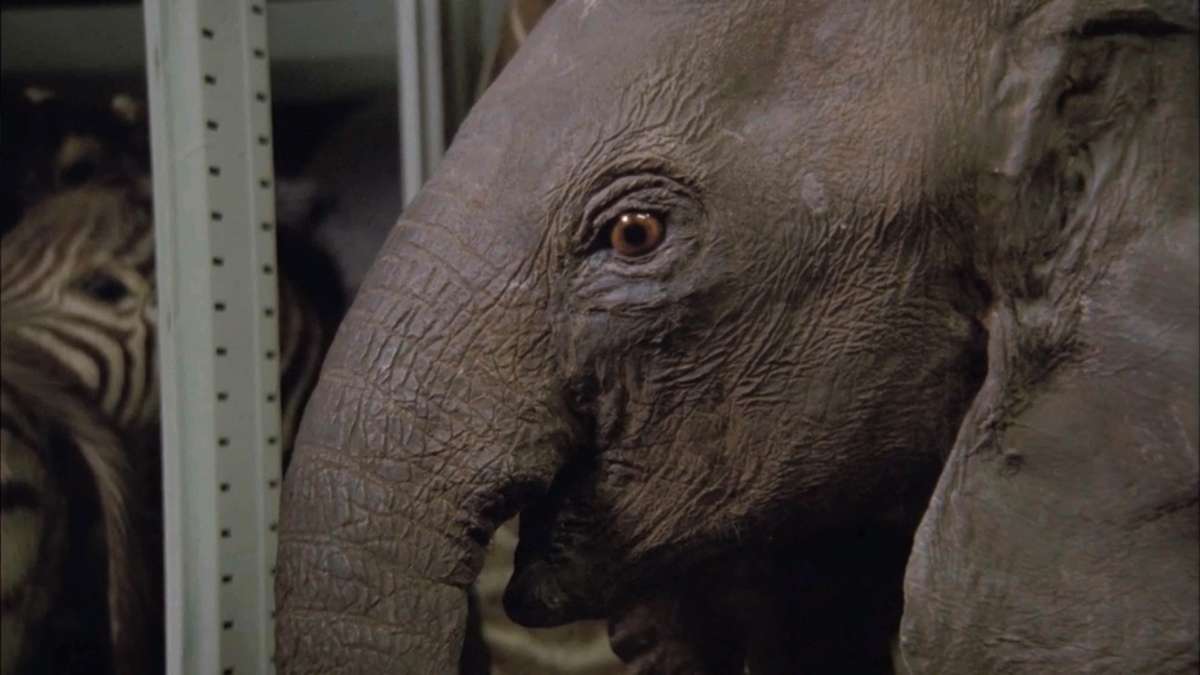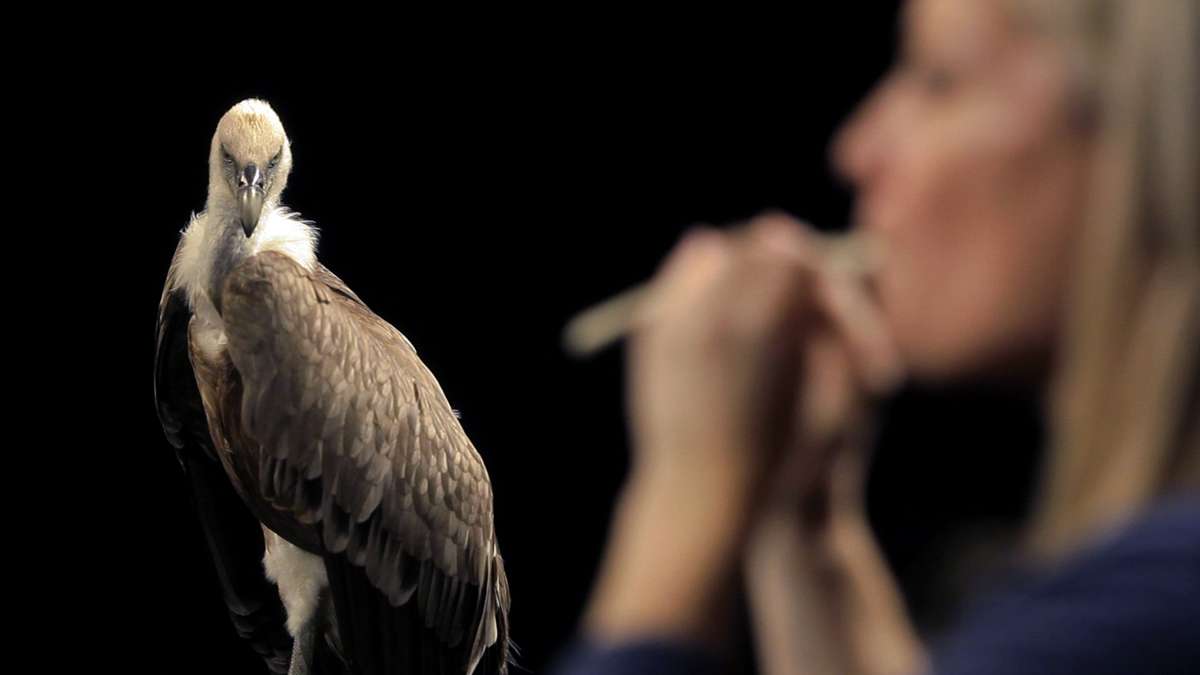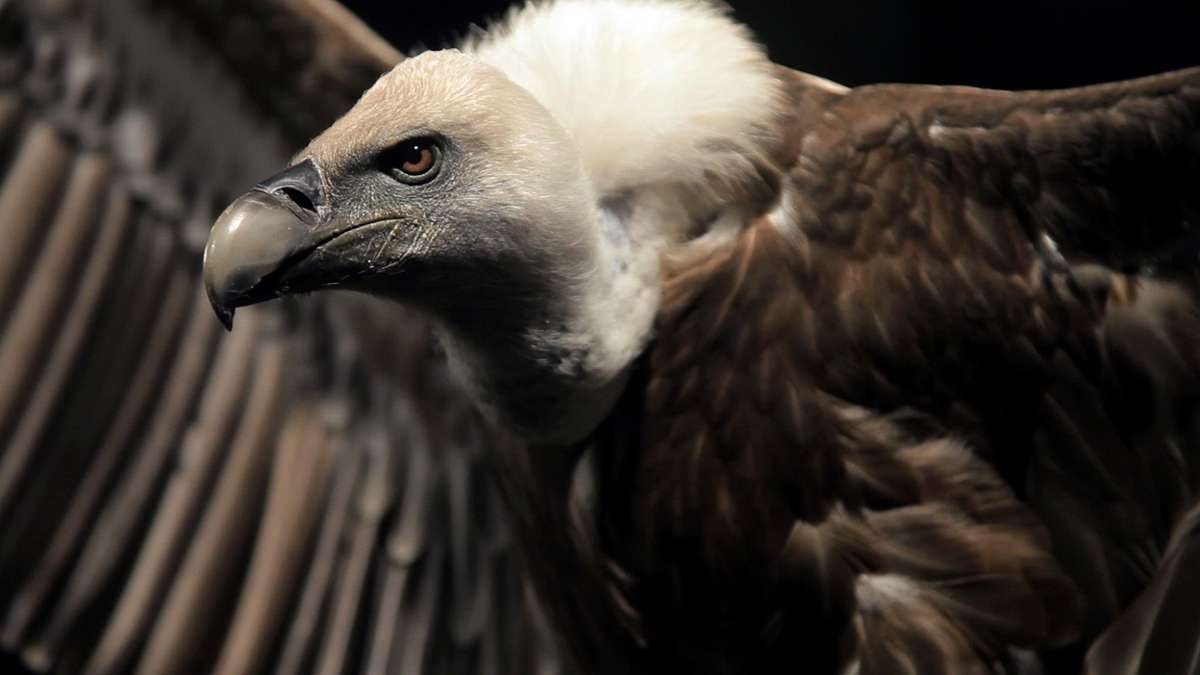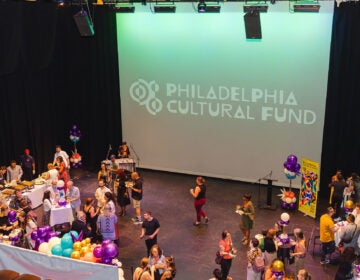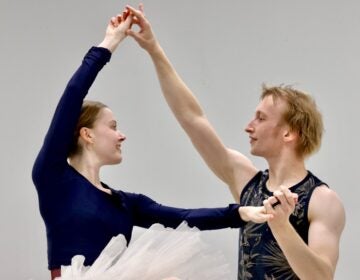‘Intervals’ challenges visitors to consider what happened in between
ListenExperimental, Puerto Rico-based artists Jennifer Allora and Guillermo Calzadilla like to explore the spaces between the past and the present though unusual objects and found moments in history. Their projects usually start with little-known facts that lead them to explore intersecting points between art , science music, time and space.
Their show “Intervals,” at the Philadelphia Museum of Art and the Fabric Workshop and Museum both through Sunday, is a sort of retrospective.
As you enter a dark gallery at the Philadelphia Museum of Art’s Perelman building, a large video displays the face of a well-groomed man walking slowly among preserved African animals — zebras, monkeys, tapirs, elephants, lions. He is wandering the old storage basement of the Museum of Natural History in Paris. Then, the deep guttural song he was was humming all along becomes more insistent as live musicians, from the group Relache, follow the eerie journey.
The song, interpreted by Tim Storms who is credited as the singer with the deepest voice in the world, was composed in honor of two real elephants first exhibited at a private zoo in Paris during the French Revolution at the end of the 18th century. As a populist gesture, the zoo was opened to the public and the animals were “liberated.”
That time of artistic, intellectual and political effervescence interested Jennifer Allora.
It coincided “with the moment where there were these questions about what constitutes life itself, what is the boundary between human and nonhuman in the context of revolution, slavery, captivity,” she said. “That’s why it’s important he sings to the remains and not a live modern elephant.”
These seemingly disparate connections and explorations at the core of Allora and Calzadilla’s work are based on the fundamental question of “Who are we?” says Carlos Basualdo, curator of contemporary work at the Philadelphia Museum of Art.
“The very simple question of who we are is constantly in our minds, not only as individuals but also as a species, and what is it that makes us human,” said Basualdo. “So now anthropologists are saying that maybe what makes us human is that we make art.”
“Intervals” tries to explore that question. If you think singing to old elephant’s bones is somewhat esoteric, wait until Calzadilla tells you about another project. It started serendipitously with the discovery of an ancient flute that had been carved from the bone of a griffon vulture.
“The work consisted not only in discovering the object itself because it was a musical instrument, but to discover the sound that this object made and early modern humans heard 40,000 years ago — and to do it in the presence of a living griffon vulture, a descendant from the bone,” he said.
In the video, you see the enormous vulture being serenaded with the sound made from its ancestor’s bone.
“There’s this dialogue going on between the flutist and what she’s doing and the reaction of this living animal who is in some way responding to this experiment,” Allora said.
“Intervals” is filled with surprises. As you move from one video room to another, many of the visitors surrounding you suddenly break into song as they walk. They’re members of the choral group The Crossing.
At the Fabric Workshop, the exhibition is designed around three floors starting with a mysterious, small, prehistoric rock hanging from a string as a sort of pendulum. It comes to life, when singers use their breath to move it.
In the long run, Allora wants us to think “about how knowledge is formed in general and to understand that though time it is a result of a series of decisions that humans have made, that knowledge as we have it today has been fixed.
“Art is maybe a way to unhinge those fixed connections that determine how we see the world and rediscover the paths that maybe were lost along the way,” she said.
WHYY is your source for fact-based, in-depth journalism and information. As a nonprofit organization, we rely on financial support from readers like you. Please give today.




